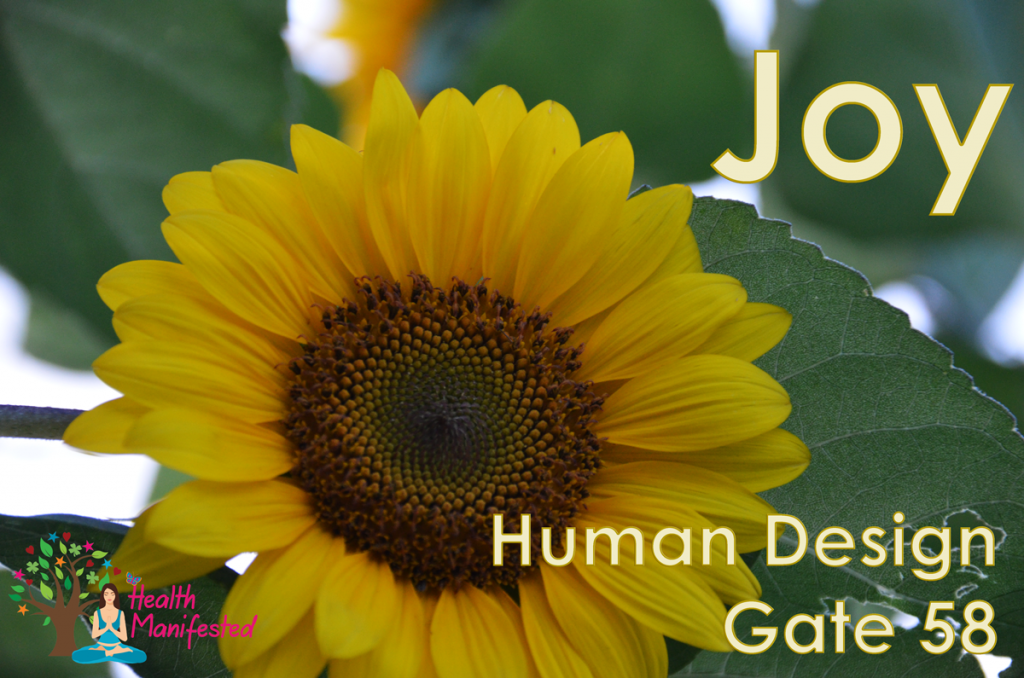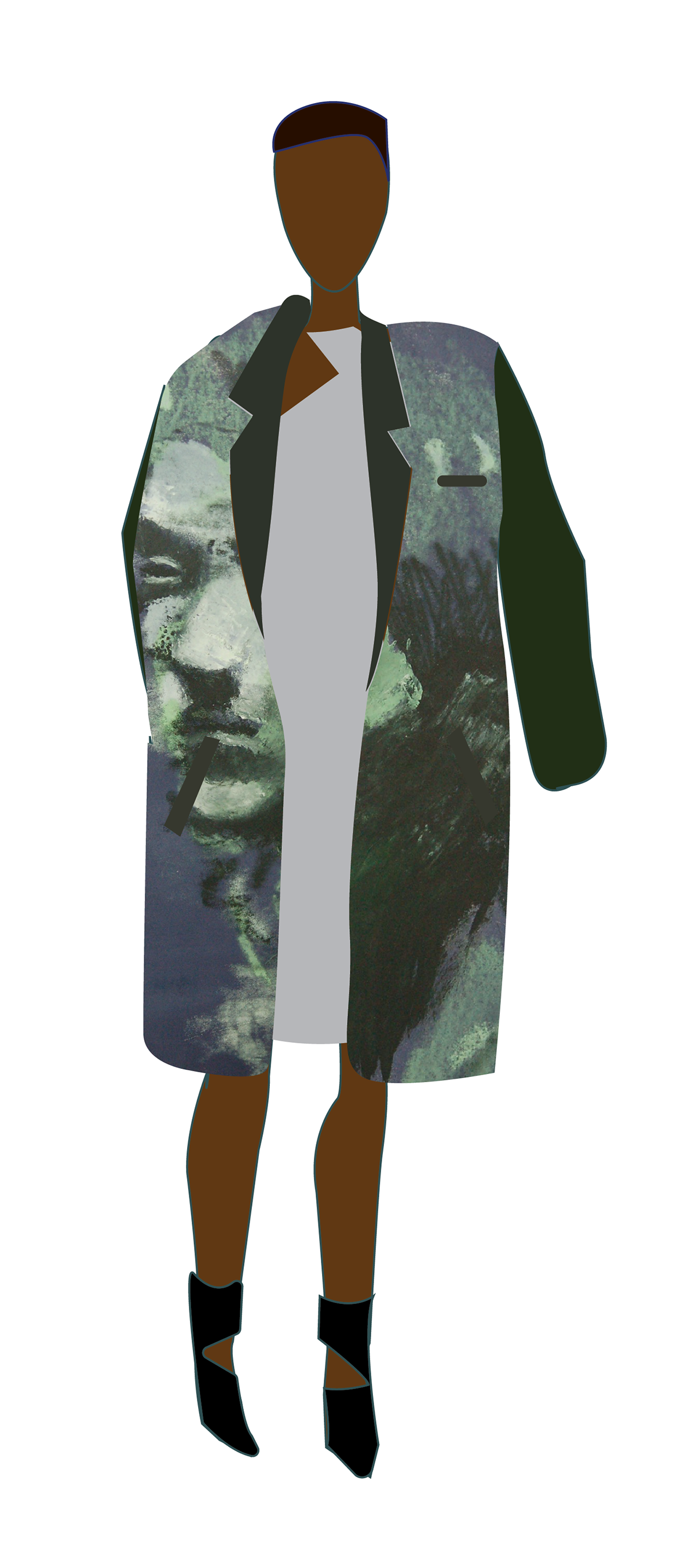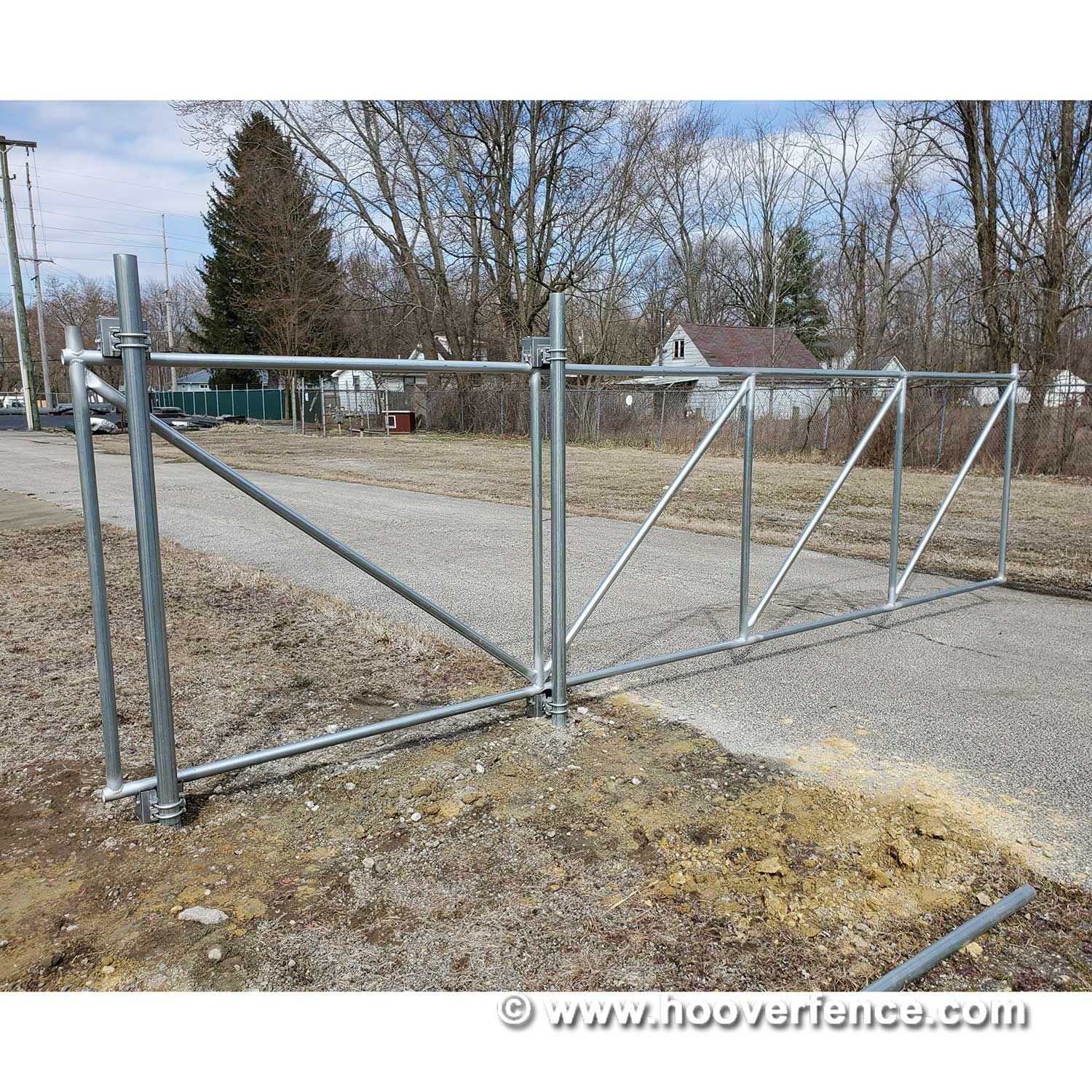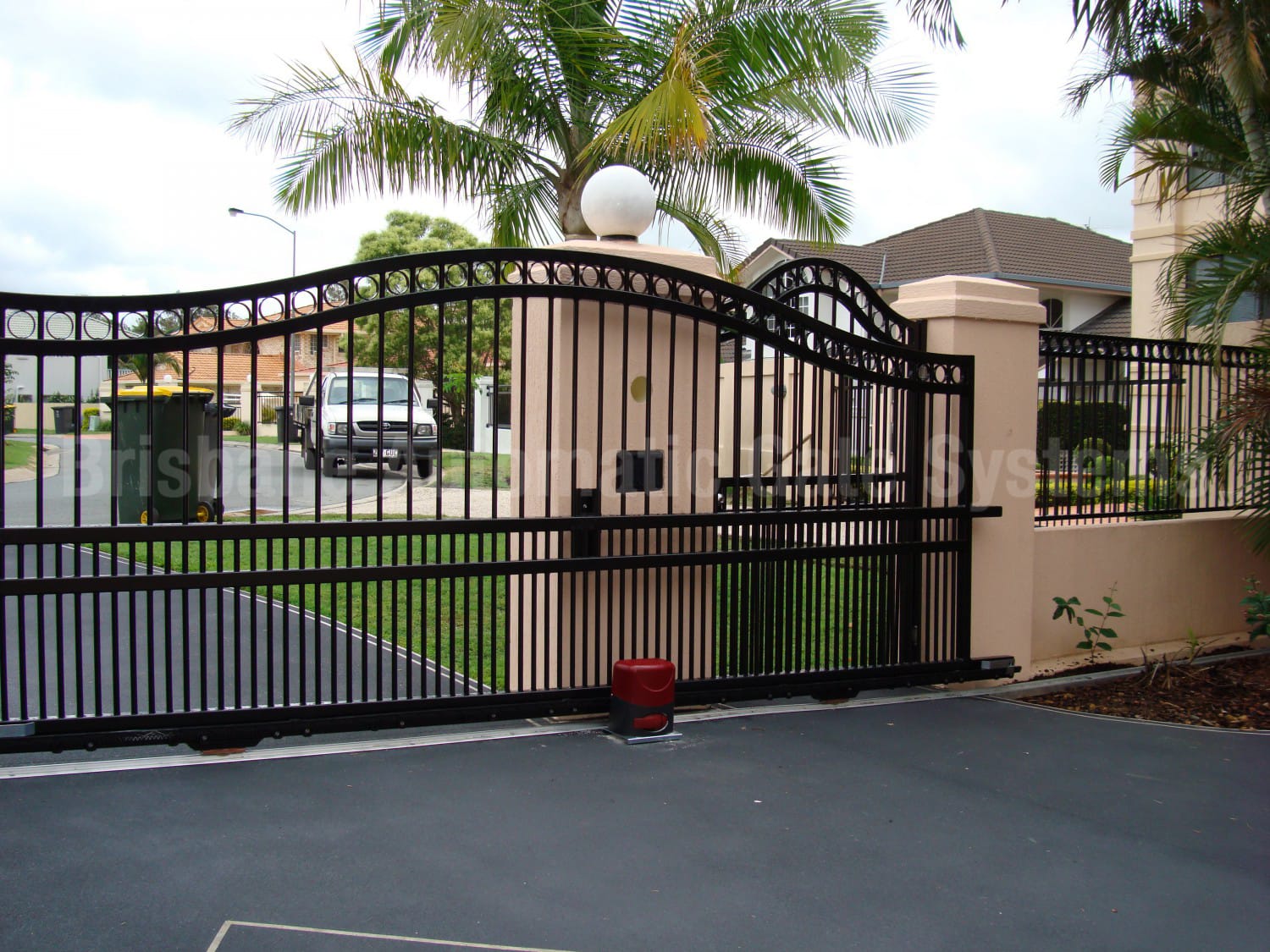Table Of Content
We have been working to apply these lessons in a number of design projects with community development groups in Massachusetts and New York and are finding that leveraging these design principles has multiple benefits. We thank the innumerable partners, supporters, friends, and team members that made our first 10 years possible, paving the way for decades of project, impact, and collaborations to come. We are a team of over 200 architects, landscape architects, engineers, builders, furniture designers, makers, writers, filmmakers, and researchers representing 20 countries across the globe. We believe in expanding access to design that is purposeful, healing, and hopeful. The exhibition is organized around the themes of engaging, healing, fostering, conserving, and marking, and features completed buildings, proposed projects, and applied research initiatives along with photographs, videos, renderings, and models. The heart of the memorial is a pavilion held up by six-foot-tall rusted steel pillars, each bearing the name of a county where racial killings occurred and the identities of the victims.
Partners
How Architecture Can Learn from Native America - ARCHITECT Magazine
How Architecture Can Learn from Native America.
Posted: Mon, 26 Feb 2024 15:19:45 GMT [source]
Design is led by our team of product and interior designers, and done in collaboration with our network of artisans to prioritize local materials, showcase local craft techniques, and minimize the carbon footprint. This entrepreneurial model encourages and supports local artisans and material suppliers, contributes to the regional economy, and assists in the creation of new supply chains. Solving practical issues is only the skeleton of architectural practice; how to solve those issues in a way that inspires positive human experience is its substance. MASS’s first project, the Butaro District Hospital, finished in 2011, is a cluster of low-slung buildings nestled into a Rwandan mountainside and centered around a massive umuvumu tree. It grounds the hospital in its spectacular environs, an anchor to the natural world. Built on a foundation of the lava rock that lies underfoot, the hospital orbits a lush central courtyard and draws in views and natural light from the surrounding valley, a reflection of verdant, biodiverse vibrancy.
The Gun Violence Memorial Project
The labs focus on food, sustainable Native communities, fringe cities, and restorative justice. With recent support from the Mellon Foundation, we started a “Public Memory and Memorial Lab” to advance research and work with thought leaders who are seeking to imagine, design, and build new monument projects across the nation. Worldwide, memory and history in built form—memorials, monuments, museums, street names, plaques, historic preservation markers—carry a responsibility to communicate complex histories and provide spaces for healing. Public memory and monuments, in their constancy and variety, encourage us to explore our individual humanity in connection to our society as a whole. We will provide direct support to organizations on projects that engage memorialization, collective memory, and truth-telling.
Education School Announces Interim Dean
We believe that every project has a mission and we collaborate with our partners throughout the design process — from early visioning through project completion — to develop and implement a shared vision to achieve that mission. We do this through architecture, landscape design, furniture design, engineering, planning, research, construction, film, and community engagement. The J. J. Carroll Housing Redevelopment project advances the vision of aging in community. The 142-unit age-restricted affordable housing community in Boston is thoughtfully designed to help residents live better and longer lives. MASS worked with 2Life Communities to develop a model for high density housing that prioritizes resident connections and communal activities linked to aging well.
Love Letters
But when MASS arrived on the scene, the ideas behind social impact design accelerated. MASS embodied the ethos we were calling for, but they were doing it at a new and very exciting scale. In 2021, The American Institute of Architects honored MASS Design Group with the 2022 AIA Architecture Firm Award. In 2020, MASS was named the Architecture Innovator of the Year by the Wall Street Journal, for our origins in healthcare and commitment to architecture as a medium for healing. In 2019, Architect Magazine ranked MASS fourth in its list of Top 50 Firms in Design and in 2017, MASS was awarded the National Design Award in Architecture, given each year by the Cooper Hewitt, Smithsonian Design Museum.
’10, traveled with Murphy to Butaro for his second visit, they already thought of themselves as co-founders. But in March 2008, when the students presented their first plan to Farmer, he told them it looked like a barracks. Today MASS Design has a $20 million operating budget and employs 207 people who work on more than 100 active projects. Nearly half its total staff, almost 90 percent of them African, are based in Kigali, Rwanda’s capital. The firm’s international portfolio has grown to include the Maternity Waiting Village in Malawi, the GHESKIO Tuberculosis Hospital in Haiti, and the Rwanda Institute for Conservation Agriculture, the world’s first carbon-positive university. MASS Design Group was founded on the understanding that architecture’s influence reaches beyond individual buildings.
Caitlin Taylor, based in Poughkeepsie, leads regional food network research and development—work intended to address the global challenges of climate change and supply-chain fragility. One project involves the development of a campus for the Land Institute in Salina, Kansas—what Taylor called “the most amazing group of agricultural mad scientists,” dedicated to fostering prairie biodiversity by developing new strains of perennial food grains. A second involves the adaptive reuse of an old auto body shop as a grocery store and teaching kitchen for the Kingston, New York, Food Co-op.
MASS Celebrates Inaugural U.S. Healthcare Project
The first floor is devoted to commercial space—and a nonprofit community health center. I believe America has a future where everyone has a place to call home—not just any place, but a place that promotes health and is environmentally friendly, a place that provides not only shelter but dignity, identity, and grounding in a community. To do that we need to commit to a national housing policy that reflects our deepest care for each other. The right to housing is recognized in many countries, and in the universal declaration of human rights. The US must create a federal housing policy that ensures equitable access to high quality housing. But, as we know, love starts at home, and states and cities must do the policy work to ensure that federal dollars are invested in housing that reflects the cultural and ecological values of diverse communities.

The Embrace Opens on the Boston Common

Its eclectic and interdisciplinary approach to social and political issues appealed to me. It also gave me a chance to spend my junior year of college in Paris, studying literary theory at the University of Paris. The academic work was amazing, as was meeting other members of my program from universities across the US, an incredible group of people in the film, media, literature, and journalism worlds.
A 2014 project in Haiti, the GHESKIO Cholera Treatment Center, was a crisis response with aesthetic grace. After the devastating earthquake of 2010, Port-au-Prince’s only water filtration plant was non-functional, allowing the disease to proliferate. The permanent clinic MASS built there — with its sawtooth peaks clad in metal scrims that dapple the interior with filtered light — speak a visual language not of disaster response, but of sensitivity and care. I became a friend and ally to MASS, and later a member of the Board of Directors.
A mural in the Point neighborhood of Salem, Mass., reads, “Knowing your neighbor will transform love into power.” Why does love matter in cities? Love is what makes us commit to solving hard problems, to shelter and protect each other. I joined the Rose Fellowship as a fellow in 2001 in Charlottesville, Va., In 2006, I became the director of the program, until I made the transition to MASS Design Group in 2020. The program has become more comprehensive and supportive for fellows and communities, and more diverse in its personal composition, programmatic goals, and project types. It is now thriving under the leadership of Mark Matel, a Rose fellow alum, and supported by a robust National Design Initiatives team at Enterprise.
It’s hard to underestimate how exciting the growth and development of MASS has been. Watching MASS put theory into practice, again and again, and continue to expand its ambitions has been thrilling. The Embrace is inspired by a photograph of the Kings, who met in Boston, at the Nobel Peace Prize ceremony in 1964. The memorial depicts only the Kings’ shoulders, arms, and hands, perched on their elbows, wrapped in a hug. No heads, no faces, no torsos—a 22-foot-tall monument concerned not with rendering recognizable people but love, an emotion central to the Kings’ lives and purpose. It is the work of sculptor Hank Willis Thomas on behalf of Embrace Boston, which conceived of the memorial and raised the money for it.
Coming to MASS in 2020 as a Senior Principal has allowed me to part of the question facing the firm, “OK, what’s MASS 2.0? ” How do we look ahead over the next 10 years to not only design projects, but to design a firm that can constantly deliver on its mission to research, build, and advocate for architecture that promotes justice and human dignity. The ability to bring great people together is one of many attributes Murphy’s colleagues said they will miss. At the same time, the firm’s leaders see an opportunity to make its collaborative essence clearer.
Hank Willis Thomas, the artist who conceived the centerpiece of the Kings’ entwined arms, has drawn most of the attention, both vitriol and accolades. But the project began with an invitation from MASS Design Group to join its entry for the memorial, and the piece’s presence on the Common is a result of their partnership. I heard someone say recently, “I don’t know what I think until I write it.” Thoughts and ideas are sometimes amorphous until you write or draw them. Like designing and drawing, the details and clarity don’t resolve themselves until you really dig in. Architecture and comparative literature are both ways to explore the world. Celebrating 10 years of work, our first monograph highlights the projects, people, and partnerships that have formed the backbone of MASS Design Group since our beginnings.













